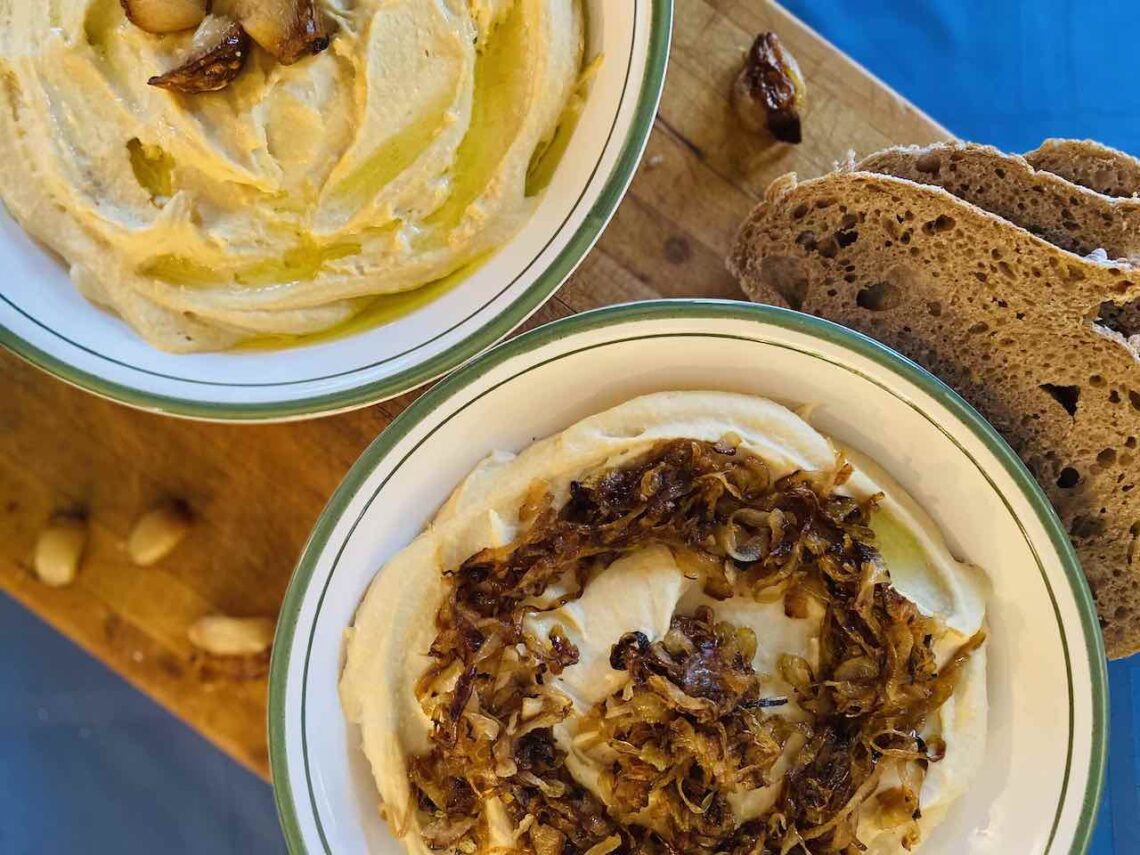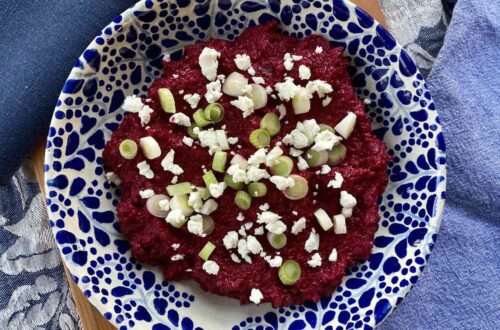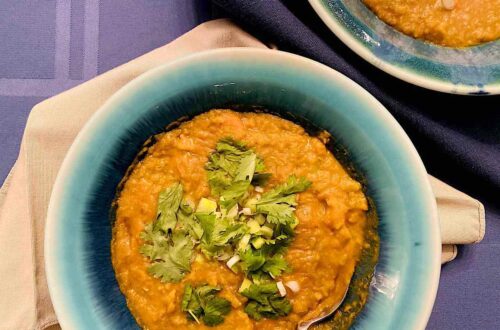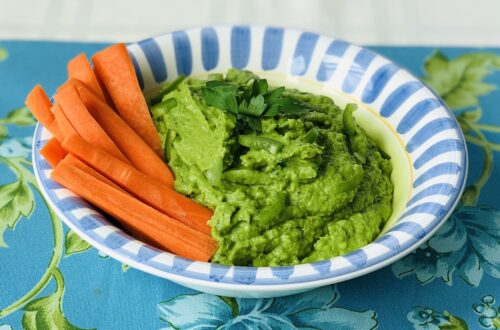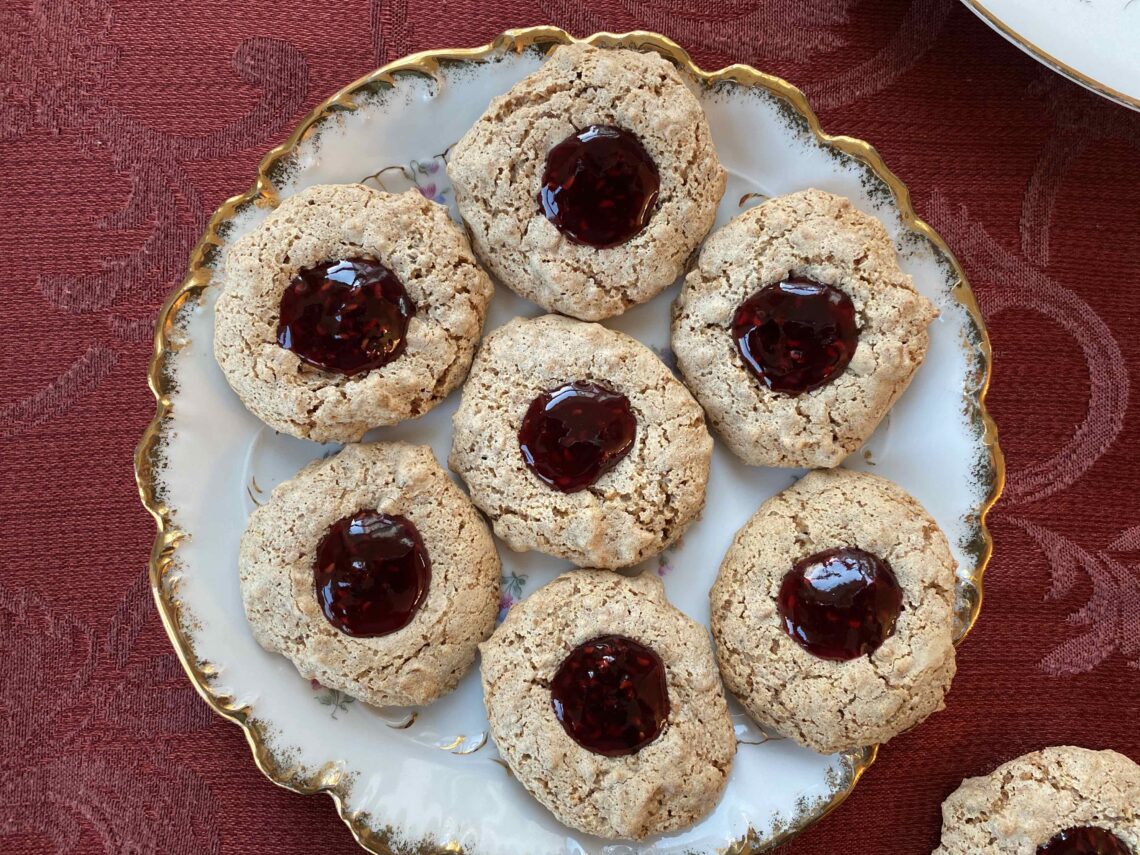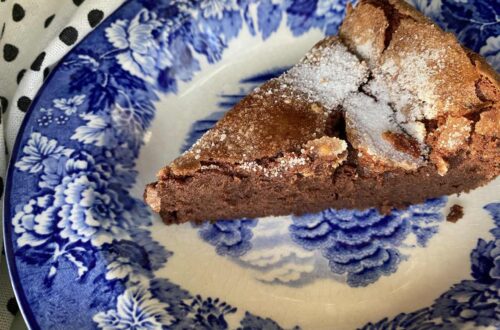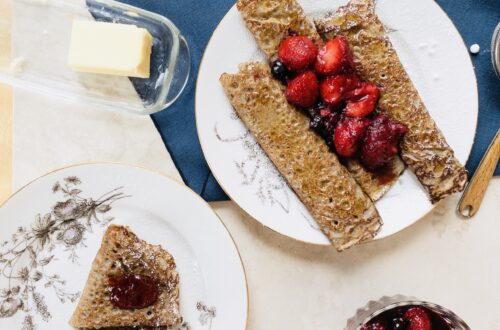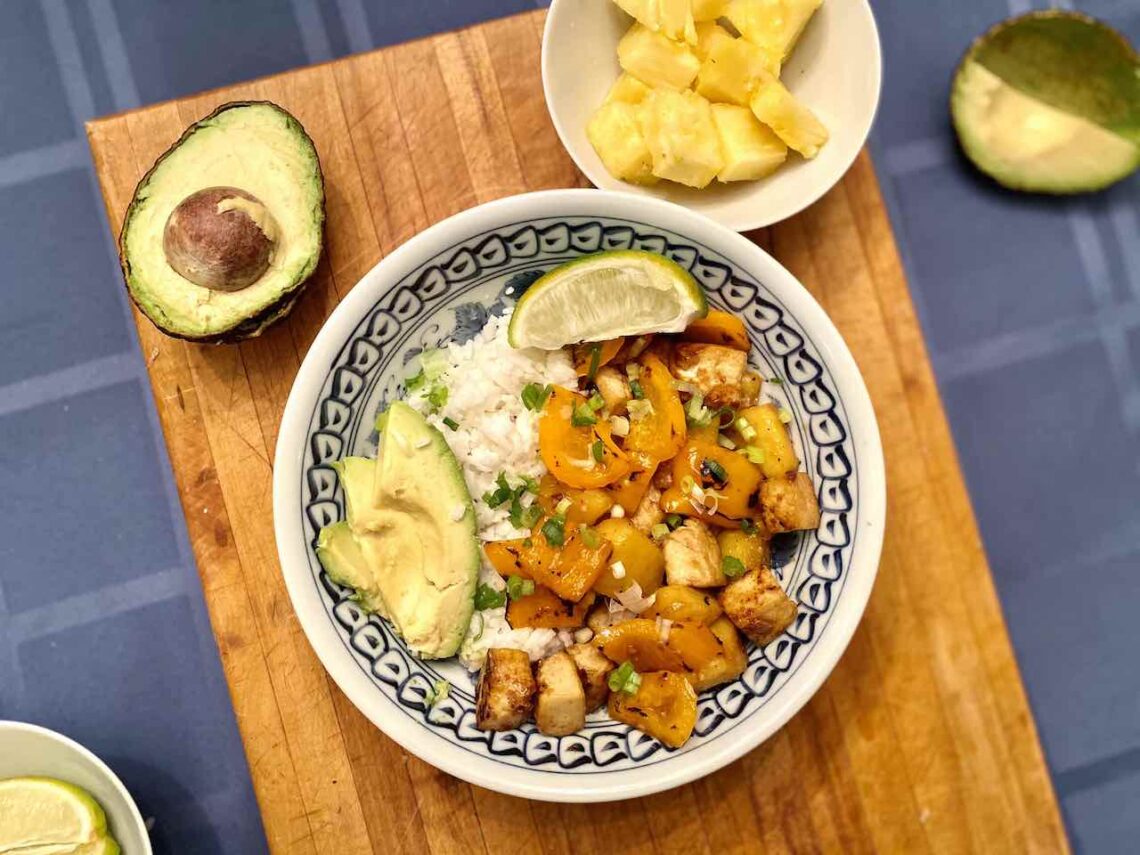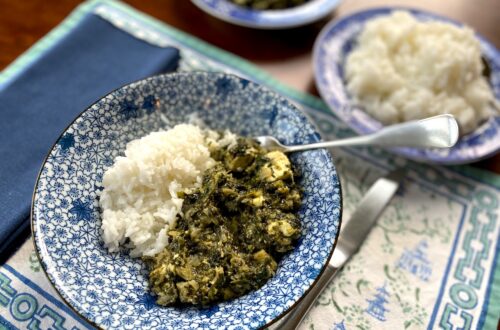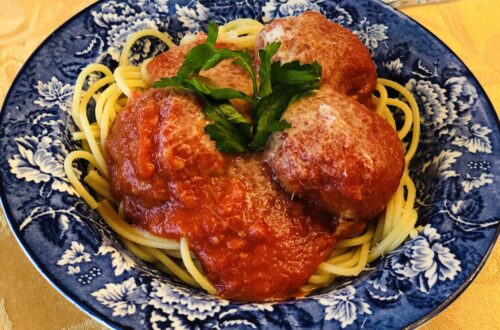-
Hummus Two Ways
As 2020 comes to an end, I want to close out the year on an upbeat note. It’s been a difficult time for so many, and we are all eager to start the new year – one in which vaccines will be rolled out, the terrible orange man will no longer be in charge of the United States, and we can all (eventually) gather with friends and family once again. While this New Year’s will be unlike any other, I think we all owe it to ourselves to celebrate the hell out of the end of 2020.
This recipe – for hummus topped with caramelized onions and roasted garlic – is part of my New Year’s plan, which includes other fun finger foods: stuffed mushrooms, bacon-wrapped dates, and cheese and prosciutto. This recipe is for the famous hummus from the cookbook Jerusalem, by Yotam Ottolenghi and Sami Tamimi, the Israeli-Palestinian duo that have made ingredients like tahini mainstream for American and European cooks. This hummus is superb, less like the packaged hummus from a grocery store and more like the hummus from my favorite hummus restaurant in Berlin (Azzam, I hope you are still around when I get back to Germany) or the hummus you find in Palestine. Plus, for those of you who already make fresh hummus and follow recipes that involve carefully peeling the skin off of each chickpea, this recipe eliminates that hassle.
-
Hazelnut-Raspberry Macaroons
When I lived in Germany, I learned one very important thing: Christmas is a really big deal. Christmas markets spot the city, advent wreaths with candles sit on dining room tables, and the whole country shuts down for two and a half days at Christmas. Plus, there are Christmas cookies. I had always thought that Christmas cookies were those sad little sugar cookies that you decorate with colored frosting that no one enjoys eating. But the variety of cookies for a German Christmas was so much more interesting and exciting.
These hazelnut-raspberry macaroons come from one of my favorite cookbooks, Luisa Weiss’s Classic German Baking, one of the few cookbooks to make German baking accessible to an American audience (and pantry). This cookie is a new favorite – it’s light and fluffy, with a good mix of tart from the jam and sweet from the cookie.
-
Rugelach
In honor of Hanukkah, I made rugelach this week. Having never eaten homemade rugelach, I only had memories of dry, crumbly cookies. But the pandemic has instilled in me a desire to hold on to traditions – even ones I’ve never followed before. These small, crescent-shaped cookies are perfect for cold December evenings. They are flaky, crunchy, and just the right amount of sweet. (I gave some to a 90-year-old friend, Polly, who said they “tasted like Hanukkah.”)
Enough about rugelach – and on to this week’s ingredient: sugar. Sugar comes from both sugarcane and sugar beet. Unfortunately, both supply chains are rife with environmental and labor abuses, including forced and child labor. According to the US Department of Labor, sugarcane and sugar beet are both produced with forced and/or child labor in at least 20 countries across Asia, Africa, and Central and South America.
-
Sweet and Sour Tofu and Pineapple
One evening a couple of years ago, I trudged through the snowy and muddy New England streets and arrived at my friend’s house for dinner, where she welcomed me with a dish that tasted like summer. The day had felt interminable, but then this wonderful friend was there with love, laughter, and a delicious dinner. As someone who at the time lived mainly on meatballs, Bolognese sauce, and a lot of eggs (fried, soft-boiled, scrambled, in ramen, on top of tortillas, on top of more tortillas), this fresh tofu dish was the best gift I could have asked for.
As the days get darker and colder and social distancing continues unabated, we all need a way to pretend that it’s summer, even if just for a few minutes. That’s what this dish does. It combines crispy tofu with pineapple and a sweet and sour sauce that is both cozy and reminiscent of warmer times of year. This dish has recently become a staple in my family and has convinced certain people to eat – and even enjoy – tofu.
